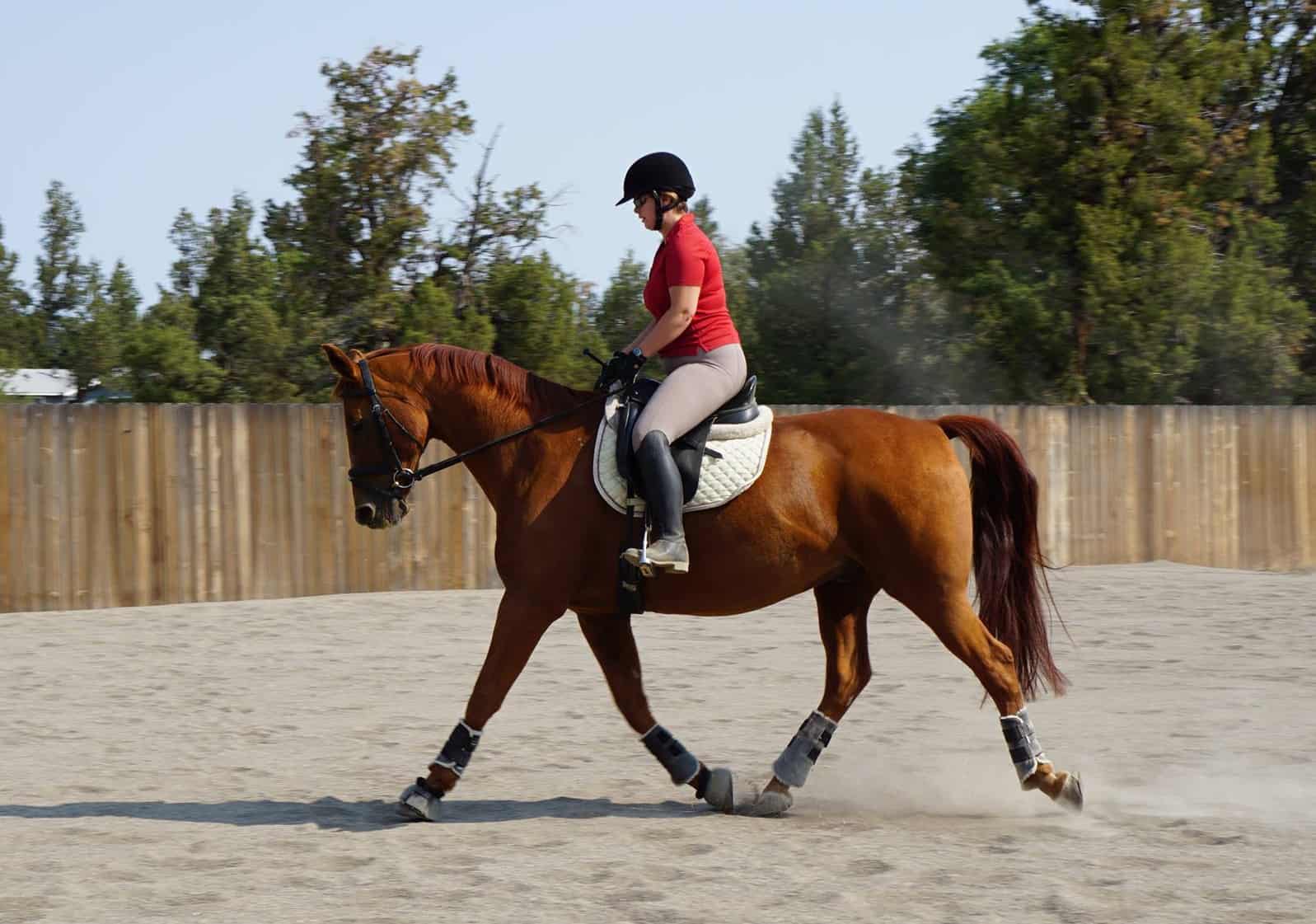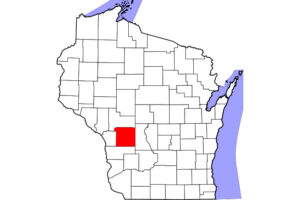BLM Wild Horse and Burro Program: An Overview
Pockets of feral mustangs and burros roam throughout the western United States on public lands federally managed by the Bureau of Land Management (BLM). The BLM horses and burros come in many different colors, sizes, and types. The challenges of managing them are as varied as the animals themselves.
The BLM gave a history of feral horses and burros in the United States, as well as an overview of their wild horse and burro management goals and strategies, at the 2014 American Association of Equine Practitioners’ Convention, held Dec. 6-10 in Salt Lake City, Utah.
BLM horses range from Thoroughbred- to stock- to draft-type animals. “Most trace their origins to modern domestic stock released or escaped within the last 100 to 200 years,” says Albert Kane, DVM, MPVM, PhD, a veterinarian who works with the BLM. Certain herds might also have links to Spanish or New World Iberian horses that Spanish explorers introduced to North America or those used by American Indians
Create a free account with TheHorse.com to view this content.
TheHorse.com is home to thousands of free articles about horse health care. In order to access some of our exclusive free content, you must be signed into TheHorse.com.
Start your free account today!
Already have an account?
and continue reading.

Written by:
Michelle Anderson
Related Articles
Stay on top of the most recent Horse Health news with



















